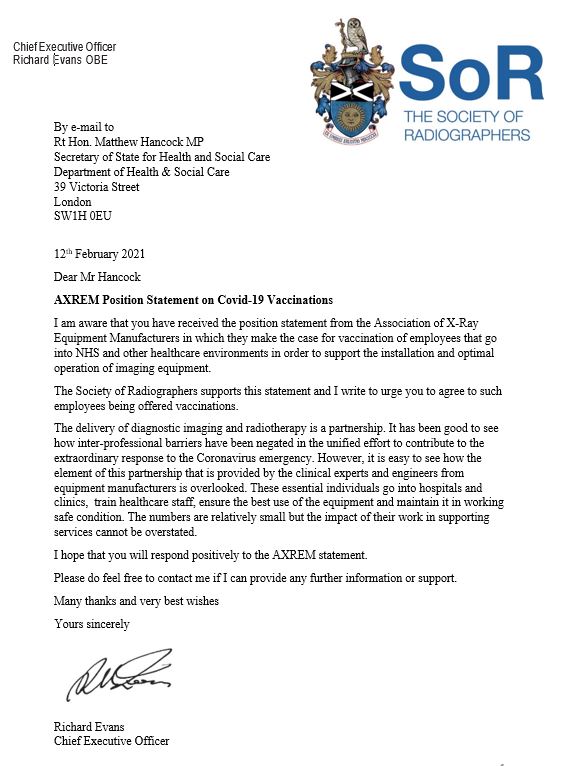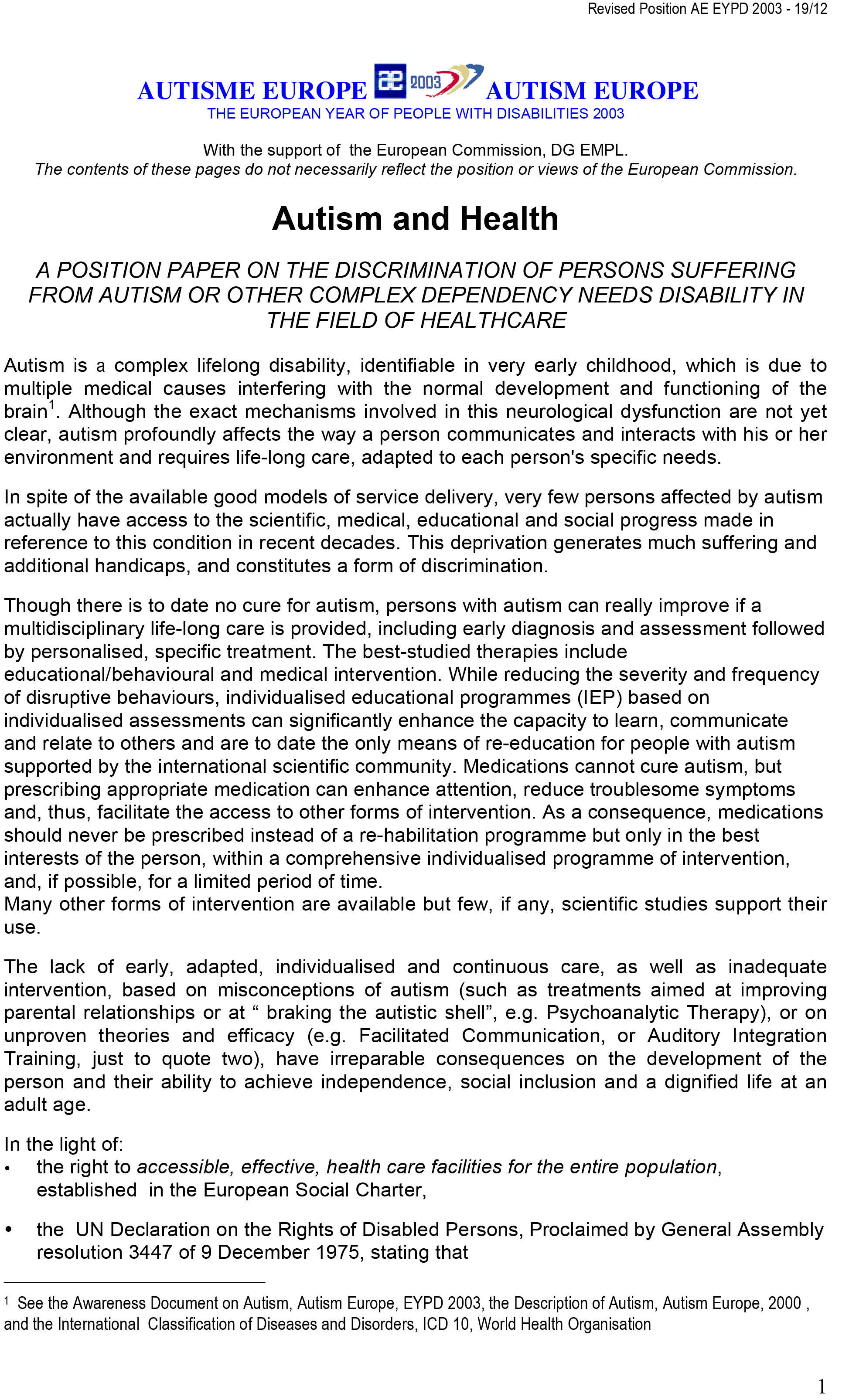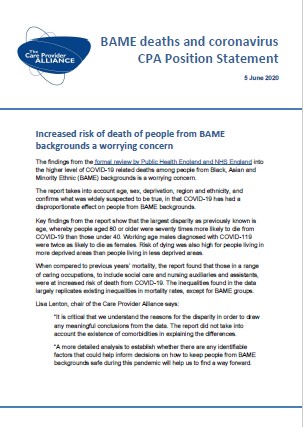Positioning is a crucial aspect of health and social care, as it refers to the physical arrangement of individuals and objects in a care setting. Proper positioning can help to prevent injuries, promote comfort and independence, and facilitate care delivery. In this essay, we will explore the importance of positioning in health and social care, the different types of positioning that may be used, and the factors to consider when positioning individuals.
One of the primary reasons for positioning in health and social care is to prevent injuries. For example, a person who is bedridden or confined to a wheelchair may be at risk of developing pressure ulcers if they are not properly positioned. These sores can be painful and can lead to further complications if left untreated. Proper positioning can help to alleviate pressure on vulnerable areas of the body, such as the heels, buttocks, and elbows, and can help to prevent the development of pressure ulcers.
In addition to injury prevention, positioning can also promote comfort and independence for individuals receiving care. For example, positioning a person in a chair or recliner at a comfortable angle can help them to feel more relaxed and at ease. This is especially important for people who may be experiencing discomfort or pain due to an illness or disability. By allowing individuals to maintain as much independence as possible, positioning can help to improve their quality of life and overall well-being.
There are several types of positioning that may be used in health and social care settings. These include supine positioning, which involves lying on the back; prone positioning, which involves lying on the stomach; lateral positioning, which involves lying on the side; and upright positioning, which involves sitting or standing. Each type of positioning has its own benefits and considerations, and it is important to choose the most appropriate position based on the needs of the individual.
When positioning individuals in health and social care settings, there are several factors to consider. These include the individual's comfort level, their physical abilities and limitations, and any medical conditions they may have. It is also important to consider the environment in which the individual is being positioned, including the availability of assistive devices and the presence of any hazards.
In conclusion, positioning is an important aspect of health and social care, as it can help to prevent injuries, promote comfort and independence, and facilitate care delivery. Proper positioning requires careful consideration of the individual's needs and abilities, as well as the environment in which they are being positioned. By understanding the importance of positioning and taking the necessary steps to ensure that individuals are positioned properly, healthcare providers can help to improve the overall care experience for those in their care.
Moving and positioning an individual in healthcare

People from disadvantaged social backgrounds are more likely to become ill and to receive inadequate health care. Major injures are fracture other than to fingers, thumbs or toes, amputation, and dislocation of the shoulder, hip, knee or spine and the dangerous occurrences covers collapse, and overturning or failure of load-bearing parts of lifts and lifting equipment Health and Safety Executive, 1999; Health and Safety Executive, 2001. Frenchs Forest: Pearson Education. These research workers besides province that this is the first survey to clearly show that prone placement can be accomplished safely. I would trust to include patients on conventional airing and high frequence hovering airing. Alternative medicine is becoming increasingly popular, but so has criticism of it by the medical establishment. Team-based care models that maximize the roles of social workers and community health workers CHWs can improve outcomes for older adults with complex needs.
Prone Positioning On Critically Ill Health And Social Care Essay

Curley and her co-workers believe that this survey provides a foundation for a hereafter randomized survey to look into early and repeated prone placement for this paediatric population. Parsons thus viewed the physician-patient relationship as hierarchical: the physician gives the orders or, more accurately, provides advice and instructions , and the patient follows them. When I have positioned patients prone in the past, most nurses look cross-eyed at me as though I have done something incorrect. Courage to make difficult decisions, or to do and say the right thing when the time requires it. Curley continued her research by executing a secondary analysis on this information collected in 2006. If a sick person fails to do so, she or he again loses the right to perform the sick role. Factors that can affect the risk are summarized as the height of the bed and hoist, the ability of the individual to assist, the environment, the amount of room to maneuver, and the skill and experience of the staff member Nolan, et.
The Six "C's" in Health and Social Care

Discussion paper number 63. For example, clients from cultural backgrounds like, Middle Eastern and some Asian cultures may not wish to be moved, touched, or seen unclothed by healthcare professionals of the opposite sex where some Asian cultures wish to be involved in care to the point that they may watch over the patient around the clock, taking shifts, and they might wish to do the turning. Always seeing them as a unique, individual person and never as a simple consumer or number in the system. Order custom essay Prone Positioning On Critically Ill Health And Social Care Essay with free plagiarism report Purpose, Aims, and Hypothesiss The intent of this research survey would be to bring forth informations to assist infirmaries develop a policy, process and protocol for prone placement in critically sick, paediatric patients. Martha Curley has taken this undertaking on for the paediatric population. If a person requires walking aid and the help of one or two members of staff to walk, this has to be recorded in the care plan Nazarko 2000. .





